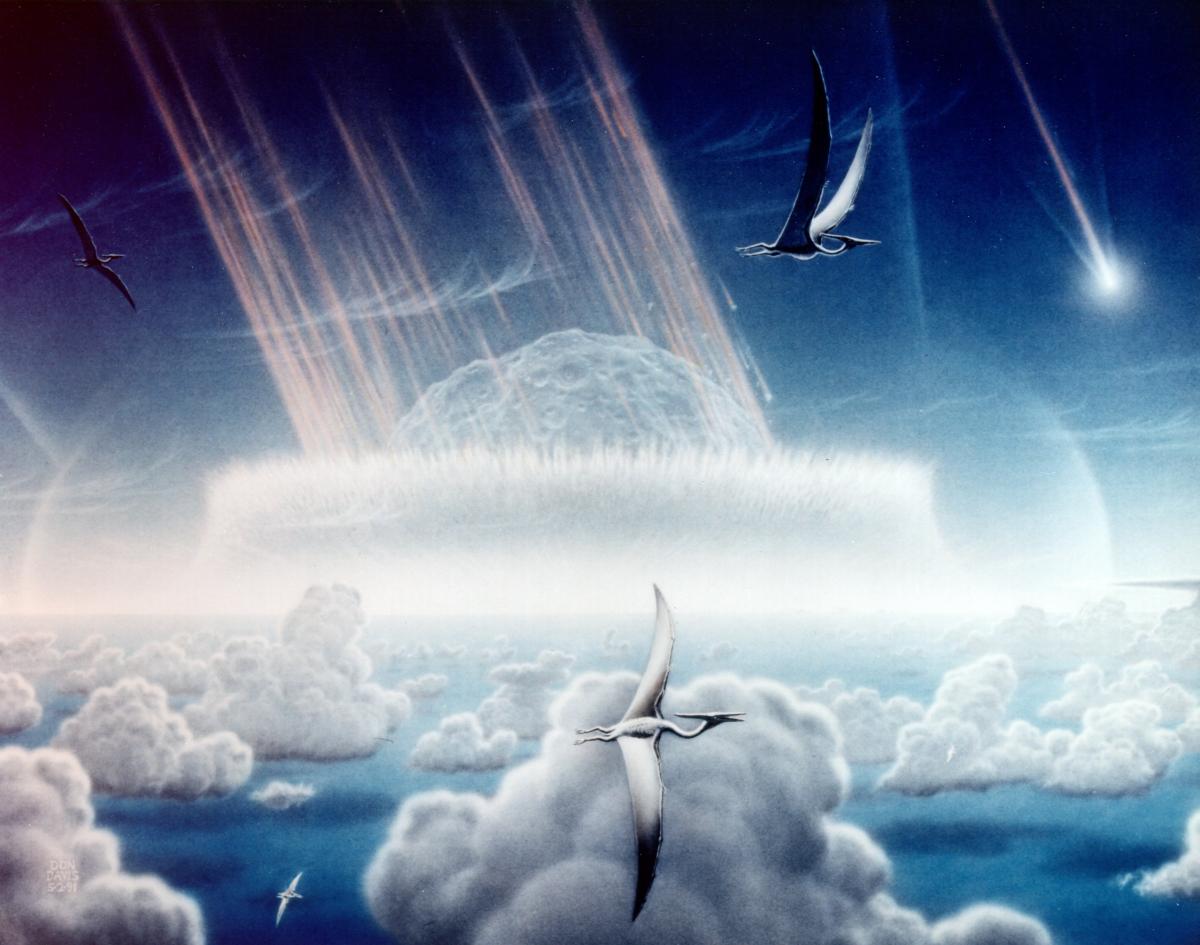Asteroids: perilous but preventable Inspire article
A collection of cosmic resources for Asteroid Day
On the morning of 30 June 1908 a furious fireball was seen streaking through the sky above the Eastern Siberian Taiga. It exploded in mid-air with the force of 1000 atomic bombs, flattening 2000 km2 of surrounding forest and generating a shockwave that was picked up by barometers as far away as England.
This is the largest impact event on Earth in recorded history and the cause was an asteroid explosion. The anniversary of this impact, now known as the ‘Tunguska event’ due to its occurrence near to the Stony Tunguska River, is now celebrated as Asteroid Day.
In the video below, ESA astronaut Luca Parmitano explains the drive behind Asteroid Day and how people at all levels should be engaged in the global problem of asteroid impacts, from education to research institutions and space agencies. For a more comprehensive insight into the scale of the problem, and why asteroids are something we need to think about, take a look at this article from Astronomy.com. You might be surprised at the number of encounters we have had with small bodies passing close to or striking Earth.
Despite it being the only natural disaster we can prevent, only 1% of the 1 million asteroids in our solar system that have the potential to strike Earth have been discovered. To understand how scientists find and keep track of asteroids, as well as what to do if the asteroid is on a collision course with Earth, take a look at this prevention plan for asteroid impacts from planetary.org.

slamming into tropical, shallow
seas off the Mexican coast,
forming what is known as the
Chicxulub crater. Image courtesy of
NASA / JPL-Caltech
For a hands on approach, students aged 7–19 can detect real asteroids which may be heading for Earth with this Science in School activity “Hunting for Asteroids”. It gives a quick introduction before students can begin searching for asteroids using images generated by the world’s largest full robotic telescope, the Liverpool Telescope on La Palma on the Canary Islands in Spain. Producing real scientific results that can be used by the scientific community is guaranteed to motivate your class.
The Science in School article “The Faulkes Telescopes: real-time, remote-control astronomy for schools” is another opportunity to give students an idea of what modern astronomy research is really like. Hundreds of schools in the UK work with the Faulkes Telescope Project, and using the telescope students have been able to discover new asteroids without even leaving their classroom.
If you want to go beyond teaching about just asteroids, this lesson plan provides hands on activities for students to discover the differences between asteroids, comets and meteorites. They will understand the role these small bodies play in the formation of craters, such as the asteroid which formed the Chicxulub crater in Mexico’s Yucatan peninsula, thought to be responsible for the extinction of the dinosaurs.
There’s no better time to teach about the science of asteroids and the threats they pose than Asteroid Day. And by using some of these resources you can help increase public awareness about asteroid impacts, starting in your classroom.





